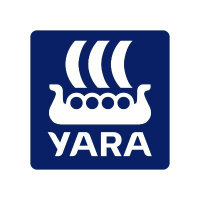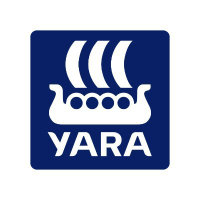
Yara International ASA
OSE:YAR

Yara International ASA
Yara International ASA, rooted in the heart of Norway, traces its origins back to 1905 when it emerged as the world's first producer of mineral nitrogen fertilizers. Initially christened as Norsk Hydro, the company set out to address the burgeoning global food demands by developing industrial-scale nitrogen, a crucial nutrient for plant growth. Over the years, Yara has evolved from its humble beginnings to become a global industry titan, with a presence in over 60 countries. The company's operations are deeply integrated, encompassing everything from the production of ammonia, nitrates, NPKs, and specialty fertilizers to the sustainable strategies for reducing emissions through its pioneering green ammonia production.
Yara's financial success is primarily driven by its relentless focus on driving efficiency and creating value through innovation. Its business model revolves around harnessing the symbiotic relationship between agriculture and industry, ensuring that farmers across the globe have access to high-quality fertilizers that improve crop yields sustainably. Aside from fertilizers, Yara is a leading provider of environmental solutions designed to curtail industrial emissions, contribute to cleaner air, and promote sustainable agriculture practices. It generates revenue not just through the direct sale of fertilizers but also from its diverse industrial solutions and environmental services – setting a benchmark for sustainability and profitability in the global agro-industry.
















































 You don't have any saved screeners yet
You don't have any saved screeners yet
